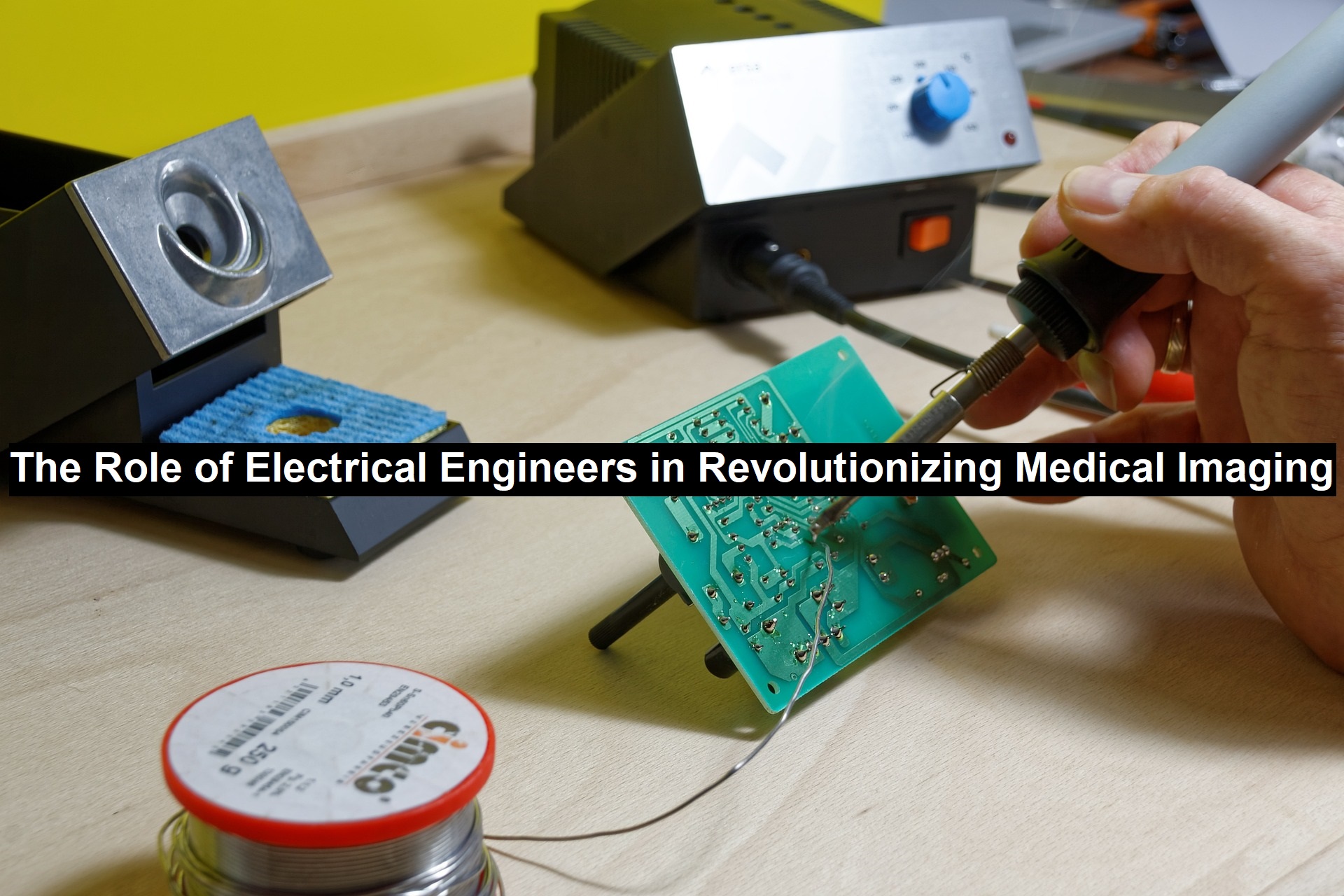
Medical imaging technologies have evolved dramatically over the years, largely due to the contributions of electrical engineers. These technologies play a vital role in modern healthcare, offering detailed internal views of the human body that are crucial for diagnosing and treating a wide range of medical conditions.
The journey of medical imaging began with the invention of X-rays in 1895, a landmark moment in medicine. Thanks to electrical engineers, X-ray technology has since transitioned from film to digital systems, making images sharper and reducing the time it takes to capture them. This shift has also improved the safety of X-ray procedures by minimizing radiation exposure.
Read: Implementing AI-Powered Sentiment Analysis in Dynamics 365 Marketing Campaigns
In the 1970s, electrical engineering facilitated the development of magnetic resonance imaging (MRI) and computed tomography (CT) scans. MRIs use magnetic fields and radio waves, while CT scans rely on X-rays to create cross-sectional images of the body. Engineers have worked tirelessly to enhance the speed and accuracy of these machines, significantly improving patient outcomes.
The digital revolution of the 1990s allowed for more streamlined storage and sharing of medical images. With innovations in digital sensors, electrical engineers enabled a higher standard of image quality, making diagnostics more precise and efficient.
In recent years, advances in ultrasound technology—enabled by electrical engineering—have made these devices more portable and accessible, especially in emergency and prenatal care. In the field of nuclear medicine, engineers have developed sophisticated detectors that offer detailed metabolic imaging, helping doctors understand disease processes in new ways.
Looking to the future, electrical engineers are pushing the boundaries of medical imaging by integrating artificial intelligence (AI) and machine learning into imaging systems. These technologies promise to automate the detection of abnormalities, reduce human error, and accelerate diagnostic processes. Engineers are also leading efforts to miniaturize imaging devices, expanding access to remote and underserved areas.
Role-of-Electrical-EngineersWhile challenges like reducing radiation exposure and improving affordability remain, the future of medical imaging looks bright thanks to the continued work of every talented electrical engineer and mechanical contractor.



